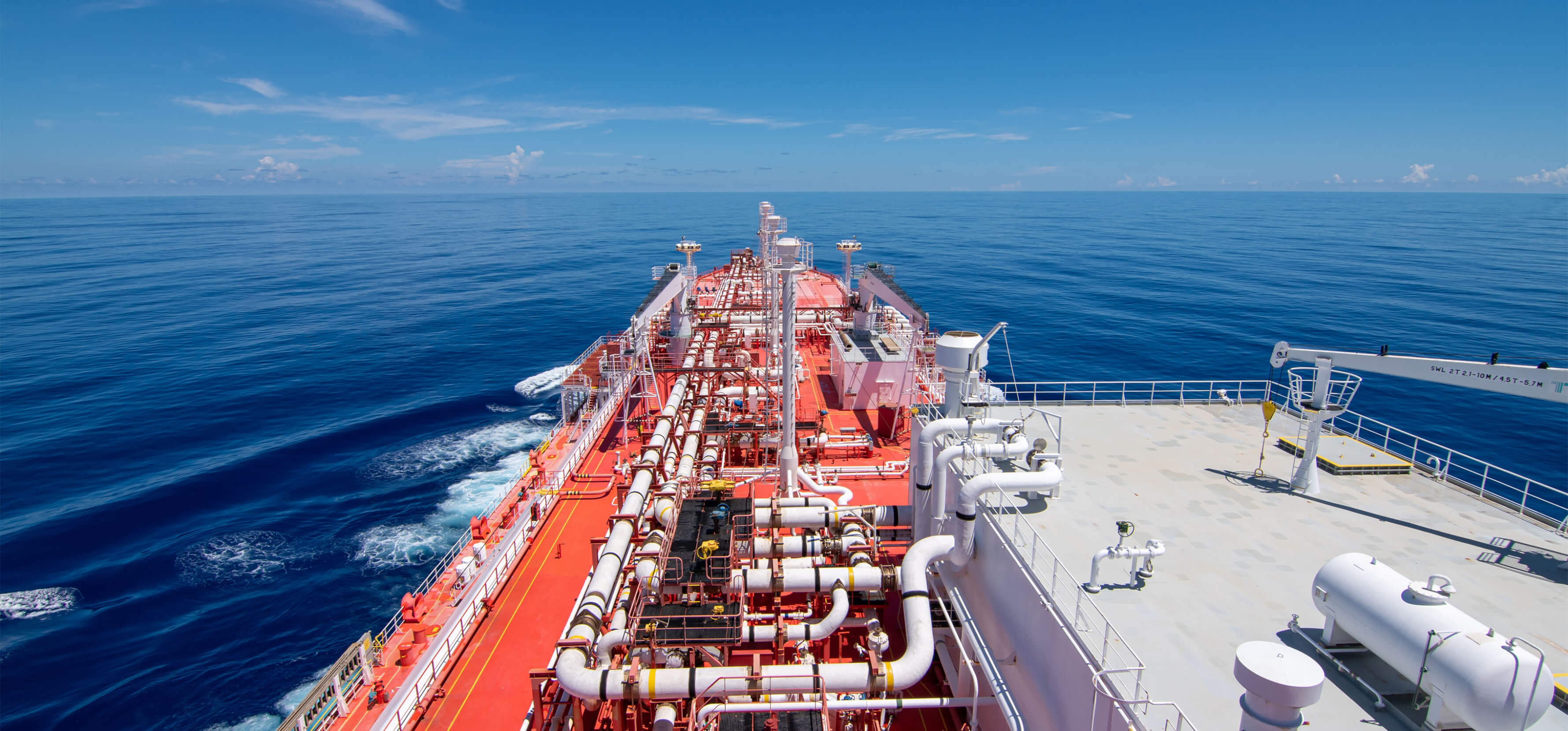Partner London
"Critical raw materials include strategic raw materials as well as any other raw material considered to be of high importance to the EU and with an identified supply risk."
Strategic raw materials are those considered to be of strategic importance to the EU, such as materials used in the renewable energy, digital, space and defence sectors. Critical raw materials include strategic raw materials as well as any other raw material considered to be of high importance to the EU and with an identified supply risk. Strategic and critical raw materials are identified below:
| STRATEGIC | CRITICAL |
|---|---|
| Aluminium/Bauxite | Antimony |
| Bismuth | Arsenic |
| Boron/Borate | Baryte |
| Cobalt | Beryllium |
| Copper | Coking Coal |
| Gallium | Feldspar |
| Germanium | Fluorspar |
| Heavy rare earth elements | Hafnium |
| Light rare earth elements | Helium |
| Lithium | Niobium |
| Manganese | Magnesium |
| Natural Graphite | Phosphate Rock |
| Nickel | Phosphorus |
| Platinum group metals | Scandium |
| Silicon metal | Strontium |
| Titanium metal | Tantalum |
| Tungsten | Vanadium |
The EU is largely dependent on certain countries for the supply of certain critical raw materials, for instance:
- China provides 100% of the EU’s supply of heavy rare earth elements;
- Turkey provides 98% of the EU’s supply of boron; and
- South Africa provides 71% of the EU’s supply of platinum.
This is a concern for the EU given that critical raw materials are used not only in numerous appliances and products essential to everyday life and the economies of certain Member States, but also for the development of green technology. Examples include wind turbines (boron), electronic vehicles (lithium, cobalt and nickel), semiconductors (silicon metal) and aeroplanes (magnesium and scandium). It is expected that there will be an exponential increase in the EU’s consumption of critical raw materials over the next few years. Whilst the EU will never be fully self-sufficient regarding critical raw materials, it has the objective of diversifying its supply and improving its internal capacity.
"The European Commission initially proposed a regulation establishing a framework for the secure and sustainable supply of critical raw materials in March 2023."
The regulatory framework: where are we now?
As outlined in our previous article, the European Commission (the “Commission”) initially proposed a regulation (the “Critical Raw Materials Regulation”) establishing a framework for the secure and sustainable supply of critical raw materials in March 2023 (the “Proposal”). The Proposal has now been reviewed by the European Parliament (the “Parliament”) and the European Council (the “Council”), each of whom provisionally agreed on an updated text for the regulation following inter-institutional negotiations on 13 November 2023 (the “Agreed Text”).²
The Agreed Text required formal adoption by both institutions, which occurred on 12 December 2023³ in Parliament.⁴ It is pending formal adoption by the Council.
The Agreed Text: key updates
The Agreed Text keeps the overall objectives of the Commission’s proposal but strengthens several key elements. Building on our previous article, below are key aspects of the Critical Raw Materials Regulation that may be of interest to participants in the energy and transportation sectors.⁵
Expanding the strategic and critical raw materials list
The inclusion of aluminium (as well as its upstream feeds bauxite and alumina) and synthetic graphite on both the strategic and critical raw materials lists means that projects involving such materials and/or producers of such materials can access the benefits in the Critical Raw Materials Regulation, such as support for strategic projects. Their inclusion stems from their recognition as being of “strategic importance for green, digital, defence and space sectors”.⁶
Aluminium is used in existing technology and is planned to be used in potential new green energy technology, such as solar and geothermal. It will also play a role in ‘light-weighting’ electric vehicles and improving the mileage of lithium-ion batteries.⁷ Graphite is used for electric vehicle batteries⁸ and synthetic graphite production has increased as a potentially more sustainable resource to meet increasing electric vehicle demands.
"The Critical Raw Materials Regulation is designed to decrease the EU’s risk of supply disruptions by strengthening the different stages of the value chain of critical raw materials."
In line with the characteristics of critical raw materials, there is an identified supply risk for each material and the Commission anticipates that forecasted demand will exceed foreseeable supply.⁹ For aluminium, this is supported by falling production rates in the EU in the last 15 years and for graphite, the supply market is dominated by China, creating import dependency.
Benchmarks for extraction, processing, recycling and imports
The Critical Raw Materials Regulation is designed to decrease the EU’s risk of supply disruptions by strengthening the different stages of the value chain of critical raw materials, which includes the recognition and support of EU strategic projects (see below) and setting benchmarks for the production, processing and recycling of critical raw materials in the EU. The Agreed Text retains the following 2030 benchmarks:
- EU extraction capacity of ores, minerals and concentrates can meet at least 10% of the EU’s annual consumption of strategic raw materials;
- EU processing capacity can meet at least 40% of the EU’s annual consumption of strategic raw materials; and
- by 2030, EU reliance on imports from third countries of a strategic raw material should not exceed 65% of the EU’s annual consumption of that material.
However, the EU’s recycling capacity benchmark has increased to at least 25% from the Commission’s proposed 15% of the EU’s annual consumption of raw materials, whilst also introducing a requirement to recycle increasing amounts of strategic raw material present in waste over time. The latter has no firm commitment nor indication of what such increase will look like, but it will likely link to the national circularity programmes discussed below.
Increasing circularity
The Agreed Text anticipates that the Commission and Member States will work together to incentivise technological progress and resource efficiency, so that the actual increase in the EU’s consumption of critical raw materials remains below the Commission’s projections – which is expected to be exponential.
"The Proposal established support for certain strategic projects, including establishing a permit-granting process covering all permits required to build and operate such projects."
What these “technological progress and resource efficiency” programmes will look like is yet to be determined and it appears this will differ between Member States. The Commission is expected to publish implementing acts within 12 months of the Critical Raw Material Regulation’s entry into force, specifying a list of products, components and waste streams considered to have relevant critical raw materials with recovery potential. Within two years of such publication, Member States will adopt national programmes incentivising technological progress and resource efficiency, as well as:
- promoting waste prevention;
- encouraging re-use and repair of products and components with critical raw material recovery potential;
- increasing the collection, sorting and processing of waste with high potential for critical raw material recovery; and
- encouraging the use of secondary critical raw materials (i.e. critical raw materials recovered from waste), such as by taking recycled content into account in award criteria for public procurement or introducing financial incentives for using secondary critical raw materials.¹⁰
As with countless other sustainability initiatives, the uptake of these national programmes will likely depend on the financial incentive or subsidisation offered to support getting them off the ground, or otherwise how much Member States facilitate their uptake.
Permitting procedure for strategic projects
As outlined in our previous article, the Proposal established support for certain strategic projects, including establishing a permit-granting process covering all permits required to build and operate such projects.¹¹ The Agreed Text clarifies that strategic projects are those that intend to become active in (i) extraction, processing or recycling of strategic raw materials; or (ii) the production and scale-up of materials that can substitute strategic raw materials in strategic technologies. Projects that produce strategic raw materials as a by-product may also be eligible for support. There is therefore greater scope for a variety of projects to receive support from the EU which either strengthen the EU supply chain for critical raw materials or reduce reliance on them by increasing production of viable substitutes.
The Agreed Text also serves to impose time limits across Member States, as follows:
- for strategic projects involving only processing or recycling: the length of the permit-granting process should not exceed 15 months; and
- for strategic projects that involve extraction: the length of the permit-granting process should not exceed 27 months.
Where the project requires an environmental impact assessment report under Directive 2011/92/EU,¹² the period running from the date the report is due until the date it is submitted shall not form part of the timeframes above. However, the public consultation required under that environmental impact assessment will form part of the timeframes above.
"Member States will be responsible for identifying “large companies” operating on their territories, which have, on average, over 500 employees and a net worldwide turnover of over €150m in the last financial year."
Member States must also designate one or more authorities as a single point of contact (“SPC”) responsible for facilitating and coordinating the permit-granting process for strategic projects and liaising with the project promoter. However, to ensure the permit process is streamlined, only one SPC is permitted for each relevant administrative level and stage of the critical raw materials value chain. Other key timeframes include:
- no later than 45 days after the submission of a permit granting application, the SPC shall acknowledge that the application is complete or whether further information is required;
- the start of the permit-granting process will run from the date of acknowledgement from the SPC; and
- a schedule for the permit-granting process shall be published by the SPC no later than one month from the date of acknowledgement. The SPC shall also be responsible for notifying the project promoter when the environmental impact assessment report is due, taking into account the process for the assessment and publication of such report in the relevant Member State.
Member States must publish their permit-granting process online, which will help project managers factor this into the project planning stage, particularly any project financing deadlines.
Supply-chain risk assessment
The Agreed Text introduces the requirement for a supply chain risk assessment to be conducted by large companies manufacturing strategic technology¹³ in the EU using strategic raw materials.¹⁴ This facilitates the identification of supply risks and, where necessary, will prompt the development of mitigation strategies in the event of supply disruption. This will become a requirement 12 months after the Critical Raw Materials Regulation enters into force.
Member States will be responsible for identifying “large companies” operating on their territories, which have, on average, over 500 employees and a net worldwide turnover of over €150m in the last financial year. The definition of “large companies” does not tally with the Sustainability Reporting Directive¹⁵ definition, which requires such companies to disclose certain social and environmental information against sustainability reporting standards, including in relation to their value and supply chains (such as actual or potential adverse impacts connected with the value chain). “Large companies” in the EU therefore need to keep an eye on the growing body of internal due diligence and reporting obligations, and whether this results in pressure to adequately mitigate any identified issues.
The risk assessment will be required every three years and shall include:
- mapping of the origins of their strategic raw materials;
- analysis of the factors that might affect the supply of such materials; and
- assessment of the vulnerabilities in relation to supply disruptions.
Where significant vulnerabilities are identified, relevant companies will be required to develop mitigation efforts, which might include diversification of their supply chains or the substitution of strategic raw materials.
"As part of the implementation of Strategic Projects, the Commission will work with Member States to accelerate and crowd-in private investments into those strategic projects."
This risk assessment should be based on data acquired from suppliers or made available by the Commission. Member States may require a report on that risk assessment is passed onto the company’s board of directors but will not be required to be made public. The use and consequence of the risk assessment is therefore currently unclear and will be subject to the requirements of each individual Member State. Whilst this may appear an additional burden for “large companies”, such risk assessment may help them to identify long-term supply risks earlier and adapt their business models to prepare for this.
Access to finance
As previously noted, the Commission will work with InvestEU implementing partners to scale-up support and investment in “relevant projects” in line with the objectives of the Critical Raw Materials Regulation and InvestEU. As part of the implementation of Strategic Projects, the Commission will work with Member States to accelerate and crowd-in private investments into those strategic projects. The EU is also set to back the EBA Strategic Battery Materials Fund which is designed to align with the Critical Raw Materials Regulation by supporting the development of a diverse and resilient battery raw material supply chain across Europe. The fund plans to raise €500m, at least 70% of which will be invested into domestic production of critical materials including processing, mining and recycling. The remaining funds will be directed towards increasing raw material supply from EU Raw Material Partnership countries.
The Agreed Text also specifies that projects outside of the EU, but which assist the EU with diversifying its supply of critical raw materials (i.e. removing reliance on one country for the supply of one material), may also be supported through appropriate existing EU funds. The Agreed Text anticipates that there will be particular focus on the Global Gateway strategy¹⁶ as a source of finance for any strategic projects outside of the EU.
The Commission will also set up a system for facilitating the conclusion of off-take agreements related to strategic projects, which will allow off-takers to make bids and project promoters to make offers and therefore facilitate the operational viability of strategic projects.
Strategic Partnerships
Pursuant to its Action Plan for Critical Raw Materials,¹⁷ the EU has continued to develop international strategic partnerships on critical and strategic raw materials value chains.
The EU has recently signed Memoranda of Understanding with Chile (18 July 2023),¹⁸ Zambia and the Democratic Republic of the Congo (17 November 2023),¹⁹ each under the Global Gateway strategy, and Greenland (30 November2023).²⁰ These partnerships focus on cooperation along the value chain for critical raw materials, including joint development of projects, cooperation on research and innovation and deploying infrastructure required to develop the value chains in that partner country. Operational roadmaps with tangible actions will be laid down for each partnership at a later stage.
The European Investment Bank has also agreed a Joint Declaration on Critical Raw Materials Value Chains with Rwanda (18 December 2023)²¹ under the Global Gateway strategy. While the concrete outcomes of this declaration are not yet specified, it builds on the existing mining-related relationship between the EU and Rwanda, with focus on critical raw materials.
Conclusion
While we wait for the Council’s formal adoption of the Critical Raw Materials Regulation, the above progress is a positive step towards ensuring the EU has a long-term sustainable supply of materials critical to its everyday sectors, as well as sectors fundamental to the EU’s greener objectives. While much detail is awaited at Member State level which always brings risk of fragmentation, we encourage industry participants with EU projects in the pipeline – as well as projects in third countries that might help the EU to diversify its supply – to consider whether they could benefit from EU support. Both strategic projects and strategic partnerships present investment opportunities for private sector clients.
London Trainee Zac Goodwill also contributed to this article.
[1] Infographic source and facts: the Council.
[2] Parliamentary briefing here.
[3] Parliamentary adoption here.
[4] Adopted text (Agreed Text) here.
[5] Council briefing here.
[6] Commission press release here.
[7] Further information on the role of aluminium can be found here.
[8] Further information on the role of graphite can be found here.
[9] Commission press release here.
[10] See Article 26 of the Agreed Text for the full set of national measures on circularity.
[11] See Article 9 of the Agreed Text.
[12] Directive 2011/92/EU applies to public and private projects likely to have significant effects on the environment, and therefore imposes requirements on the assessment of those projects for consent in the EU. Extractive works are included as projects that are or may be subject to such assessment.
[13] Which shall include (i) batteries for energy storage and e-mobility; (ii) equipment related to hydrogen production and utilisation, (iii) equipment related to renewable energy generation; (iv) aircrafts; (v) traction motors; (vi) heat pumps; (vii) data transmission and storage; (viii) mobile electronic devices; and (ix) equipment related to additive manufacturing, robotics, drones, rocket launchers, satellites or advanced chips.
[14] See Article 24 of the Agreed Text.
[15] Directive 2022/2464 of the European Parliament and of the Council of 14 December 2022 amending Regulation (EU) No 537/2014, Directive 2004/109/EC, Directive 2006/43/EC and Directive 2013/34/EU, as regards corporate sustainability reporting.
[16] The Global Gateway strategy is an investment initiative focusing on sustainable and high-quality projects in partner countries with the EU. The sectoral focus is digital, energy and transport. The objective is for partner countries to benefit from the investment by meeting social and economic needs, while in the case of the Critical Raw Materials Regulation, the EU would benefit by diversifying its supply. This also presents investment opportunities for the EU’s private sector.
[17] Such Action Plan publication can be found here.
[18] Commission press release on EU-Chile partnership here.
[19] Commission press release on EU-Zambia and EU-DRC partnership here.
[20] Commission press release on EU-Greenland partnership here.
[21] Commission press release on EU-Rwanda partnership here.
Key contacts
Partner London
Partner London




